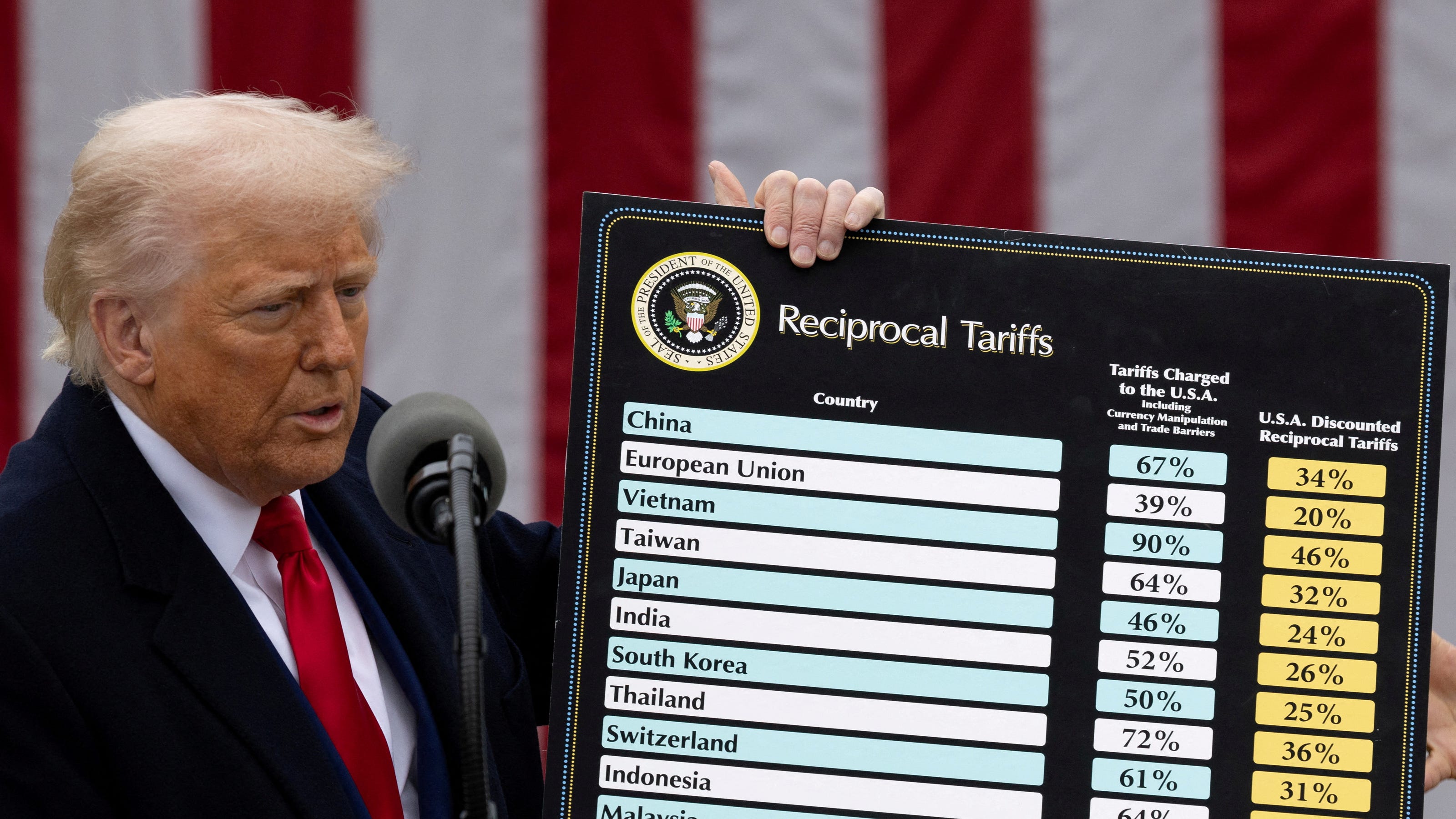New US Tariff: Global Trade Disrupted – A Comprehensive Analysis
Editor’s Note: A new US tariff has been implemented today, sending ripples throughout the global trade landscape. This article analyzes the impact, implications, and potential consequences.
Why This Matters
The implementation of new US tariffs represents a significant shift in global trade dynamics. These tariffs directly impact import and export prices, potentially leading to inflation, supply chain disruptions, and retaliatory measures from affected countries. Understanding the nuances of this development is crucial for businesses, investors, and policymakers alike. This article will explore the key aspects of this new tariff, analyzing its impact on various sectors, offering expert insights, and providing practical tips for navigating this turbulent period. Keywords related to this topic include: US tariffs, global trade, import tariffs, export tariffs, trade war, supply chain disruption, inflation, international trade, economic impact, geopolitical implications.
Key Takeaways
| Aspect | Impact |
|---|---|
| Increased Prices | Consumers face higher prices on imported goods. |
| Supply Chain Disruption | Delays and shortages of goods due to trade restrictions. |
| Retaliatory Measures | Other countries may impose tariffs on US goods, escalating the conflict. |
| Economic Uncertainty | Increased volatility in financial markets and investment decisions. |
| Geopolitical Tensions | Strain on international relations and potential for further trade disputes. |
New US Tariff: A Detailed Analysis
Introduction: The newly implemented US tariff, focused primarily on [Specify the targeted goods/sectors e.g., steel, textiles, etc.], marks a significant escalation in protectionist trade policies. Its relevance in today's interconnected global economy cannot be overstated.
Key Aspects:
- Specific Goods Affected: The tariff specifically targets [List the specific goods and their HS Codes if available].
- Tariff Rate: The tariff rate is set at [Percentage] percent.
- Exemptions: [Are there any exemptions? Specify which goods or countries are exempt].
- Justification: The stated justification for the tariff is [State the government's reason, e.g., national security, protecting domestic industries].
Detailed Analysis: The impact of this tariff will vary depending on the sector. For instance, the [Specific sector, e.g., automotive] industry may face significant challenges due to increased costs of imported parts. Conversely, [Another sector, e.g., agriculture] may see minimal impact due to [Reason, e.g., existing trade agreements]. A comparison to previous tariff implementations can reveal potential long-term consequences, highlighting the need for proactive adaptation strategies.
Interactive Elements
Understanding the Impact on Supply Chains
Introduction: The disruption of global supply chains is a critical concern arising from the new US tariff.
Facets:
- Roles: Manufacturers, importers, exporters, distributors, and consumers all play vital roles in navigating this disruption.
- Examples: [Provide concrete examples of specific companies or industries affected].
- Risks: Increased costs, production delays, and potential shortages of goods.
- Mitigations: Diversifying sourcing, exploring alternative transportation routes, and investing in inventory management.
- Impacts: Potential job losses, reduced economic growth, and higher consumer prices.
Summary: The impact on supply chains underscores the interconnectedness of the global economy and the need for flexible and resilient strategies to counter disruptions.
Navigating the Geopolitical Landscape
Introduction: The new US tariff has significant geopolitical implications, potentially exacerbating existing tensions and creating new challenges.
Further Analysis: The imposition of tariffs often triggers retaliatory measures from affected countries, escalating the trade dispute and creating uncertainty. This can lead to further trade wars and damage international relations.
Closing: Understanding the geopolitical context is crucial for anticipating potential consequences and developing effective strategies to mitigate risks.
People Also Ask (NLP-Friendly Answers)
Q1: What is the new US tariff?
A: The new US tariff is a set of import taxes imposed on specific goods entering the United States.
Q2: Why is this tariff important?
A: This tariff is significant because it impacts global trade flows, potentially leading to higher prices, supply chain disruptions, and retaliatory measures.
Q3: How can this tariff benefit me?
A: For domestic producers of the targeted goods, this tariff could potentially increase demand. However, for consumers, it likely means higher prices.
Q4: What are the main challenges with this tariff?
A: Main challenges include higher prices for consumers, supply chain disruptions, and potential escalation of trade disputes.
Q5: How to get started with adapting to this tariff?
A: Businesses should diversify their supply chains, explore cost-saving measures, and monitor geopolitical developments.
Practical Tips for Navigating the New US Tariff
Introduction: These practical tips can help businesses and individuals adapt to the changes brought on by the new US tariff.
Tips:
- Diversify your sourcing: Don't rely solely on one supplier or country.
- Negotiate with suppliers: Work with your suppliers to mitigate increased costs.
- Explore alternative transportation routes: Reduce reliance on specific shipping lanes.
- Invest in inventory management: Buffer against potential supply disruptions.
- Monitor geopolitical developments: Stay informed about potential retaliatory measures.
- Seek legal and financial advice: Consult experts to navigate complex trade regulations.
- Consider hedging strategies: Mitigate currency fluctuations and price risks.
- Communicate proactively with customers: Manage expectations regarding potential price increases or delays.
Summary: These proactive steps can help businesses and individuals minimize the negative impacts of the new US tariff.
Transition: The changes brought about by this new tariff require careful consideration and strategic adaptation.
Summary (Zusammenfassung)
The new US tariff represents a significant development in global trade, impacting prices, supply chains, and geopolitical stability. Businesses and individuals need to adapt proactively to mitigate potential risks.
Closing Message (Schlussbotschaft)
The long-term consequences of this new tariff remain to be seen. However, one thing is clear: the global trade landscape is undergoing significant shifts, requiring vigilance and strategic adaptation from all stakeholders. What steps will your business take to navigate this new reality?
Call to Action (CTA)
Stay informed about the latest developments in global trade by subscribing to our newsletter! [Link to Newsletter Signup] Share this article to help others understand the implications of the new US tariff. [Social Media Share Buttons]

